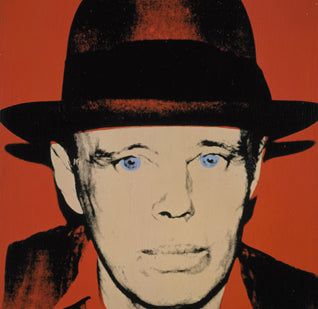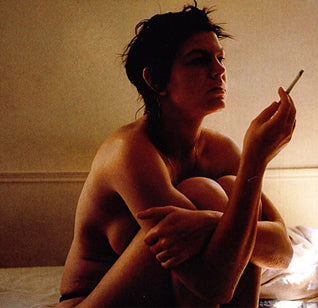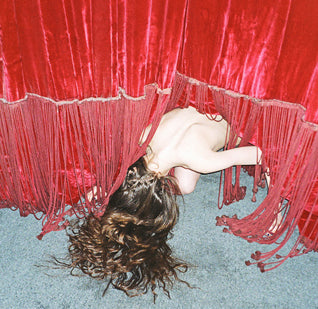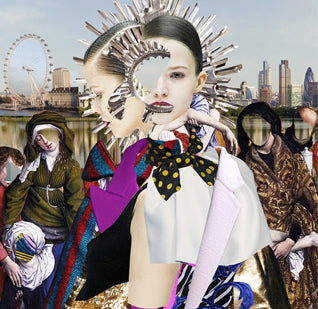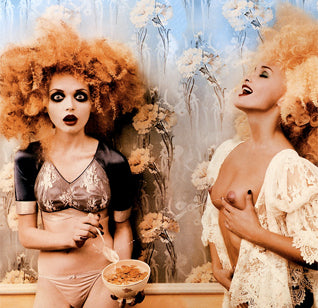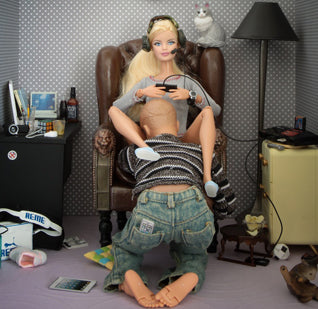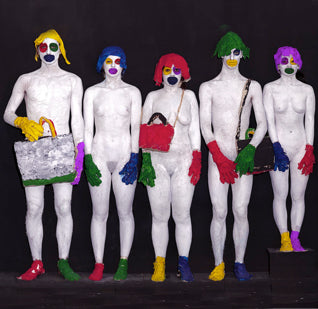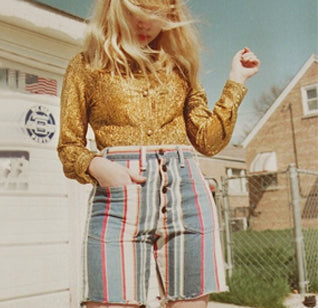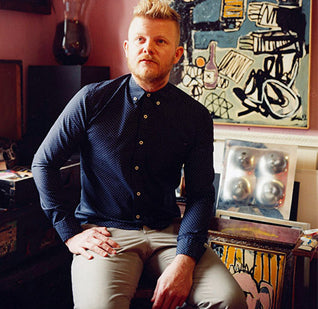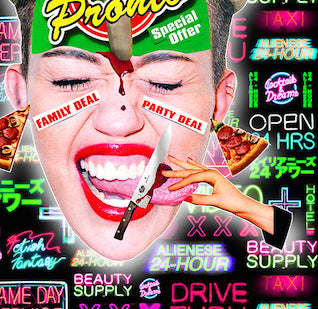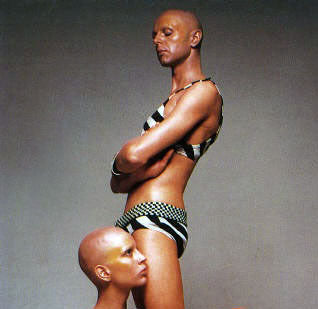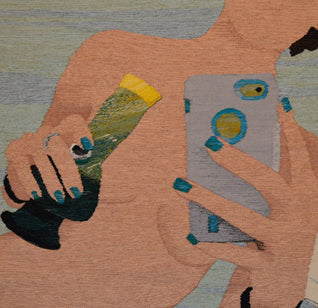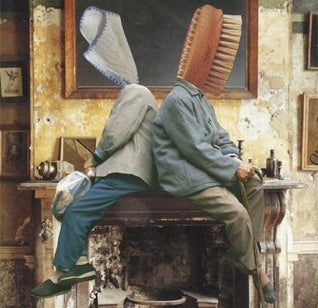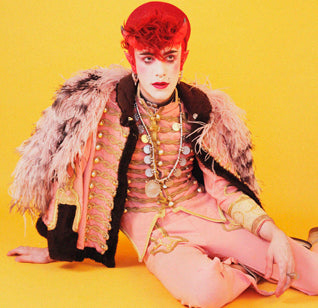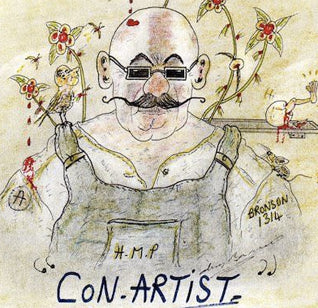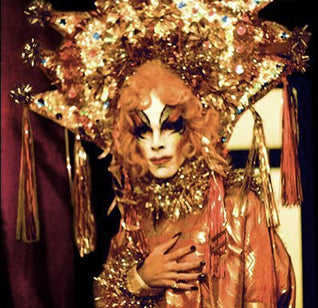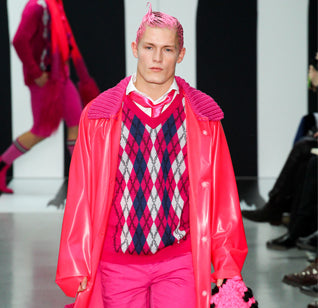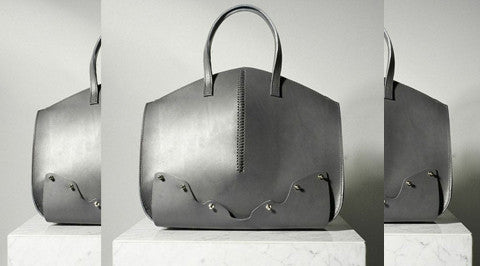FEMALE ARTISTS WHO GOT THE BRUSH OFF
The women Art history tried to paint over
by KOD Staff
Anyone who says the Art world is not sexist, is lying, A lack of gender equality still prevails. Just two years ago, George Baselitz idiotically declared, “Women can’t paint”. Historically, art history was viewed through the gaze of the canonical white male artist; significant women within the arts were reduced to the un-complaining mistresses, silent muses and long suffering wives, not artists. Misogynists such as Baselitz now forced to fling playground insults because quite frankly, they have run out of ways to downplay the artistic achievements of many a great artist. From being branded ‘insane’ to being ostracised for cross-dressing; the historical career of the female artist has always been an uphill struggle. We take a look at the talented women, art history nearly erased:

Camille Claudel
Long time love and inspirational muse, Rodin first encountered the vivacious Mme Camille Claudel as a young student. A woman revealingly described only as "A revolt against nature…. a woman genius" by Octave Mirbeau, she was a gifted artist in her own right. Naturally the two lovers became entangled in a fiery affair and when it ended 15 years later, the ever-wilful Camille set up shop elsewhere. After a steady mental decline, she was admitted to an asylum for claiming Rodin had stolen her ideas and conspired to murder her. Bitterly, Claudel lived for another 40 years, alone, imprisoned and branded ‘insane’.

Pauline Boty
With her “strawberry ice-cream smile and leonine hair”, Pauline Boty epitomised the 60’s darling and to this day hearts will still soften at the very thought of her. Known as the ‘Wimbledon Bardot’, she was blonde, beautiful and unapologetically female. Possessing an insouciant charm, David Bailey shot her for vogue and she frequented cocktail parties with Bob Dylan in tow, causing a commotion wherever she went. Now what you probably didn’t know about this remarkable woman was her role as one of Pop-Art’s founders. Unlike her male contempories, Boty painted with a warm vibrancy that subtly revealed velveteen sensuality, for example ‘Bum’ 1966 starkly contrasts with Pop Art’s passive female subjects. As one of the only women working in her field, her work enforced feminine sexuality and reflected the consequential sexism of the Art world. Boty’s tragic death, while pregnant at the age of 28, marked the end of her career. Dis-credited as a “dolly-girl”, her work lay untouched for three decades. Perhaps if she had lived, she may have been granted the recognition she deserved.

Marlow Moss
Unrecognised and underrepresented, Marlow Moss refused to be a woman in a man’s world. Unconventionally transgender, Moss was a brazen enigma. Gay and dressed as a jockey, with matching whip, she left to Paris in 1927 where she worked as Fernand Leger’s apprentice, who was deep in the modes of Purism. A die-hard abstractionist, Moss had an unrequited passion for European modernism; in 1928 she saw her first Mondrian and inspired, began constructing her own spatial artworks. The two painters soon developed a friendship and “Miss” Moss, would often write to the Mondrian, in order to explicate the basis of her painting’s mathematical theorem. Moss introduced parallel grid lines in 1931, a deviation that astounded the master painter. He based his painting on instinct, rather than math. Tellingly, Mondrian integrated the same unorthodoxy into his work, just one year later. During her lifetime, she was not awarded the respect that her painting commanded, excluded from Art’s ruthlessly homophobic and sexist history, we wonder how many trans artists suffered the same fate.

Alma Thomas
Although she was the first African-American woman to have a solo exhibition at the Whitney museum of American Art, Alma Thomas’s abstract, colour-field paintings have been marginalised and her artistic accomplishments down-played. Thomas was not recognised as an artist, until her retirement in 1960. Working out of her kitchen, she would endlessly paint, creating compositions filled with colour reminiscent of byzantine mosaic; Watusi (Hard Edge) (1963) was a manipulation of Matisse’s seminal cut-out, ‘The Snail.’ Thomas is little known out of Washington, she is brought up in African-American art circles and mentioned within feminist art groups but her influence upon the commercial art world is of little influence and at times, non-existent. A crying-shame for the woman who was recently chosen to hang in the Obama family’s personal quarters.








